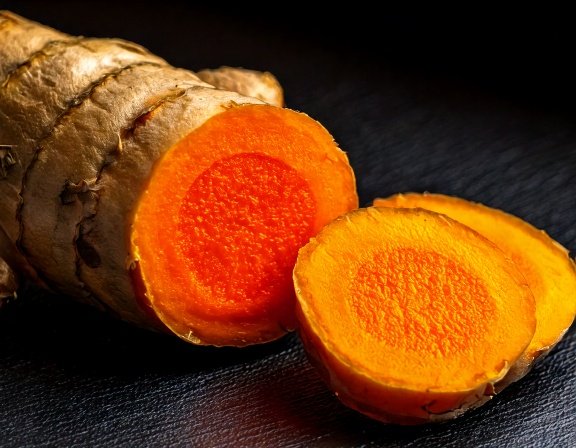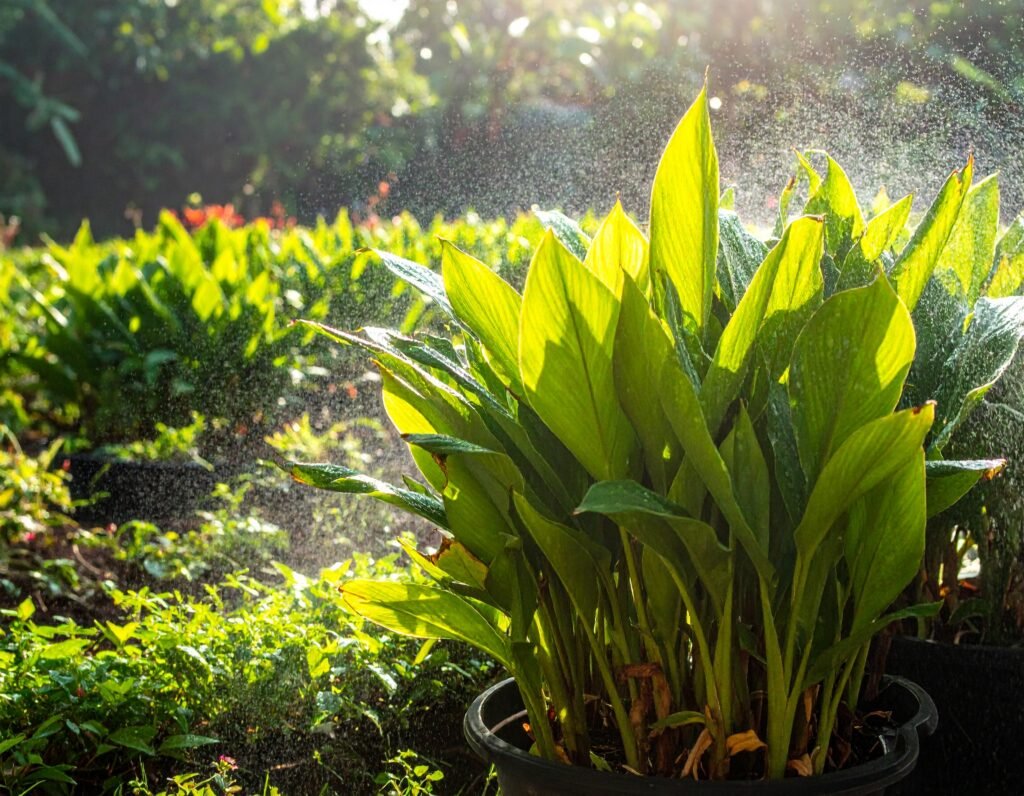
Planting Turmeric at Home: Step-by-Step Guide from Root to Harvest & Healing Uses
A garden of turmeric is a garden of gold. Turmeric (Curcuma longa) is more than a culinary staple—it’s a legendary healing root renowned for its anti-inflammatory, antioxidant, and immune-boosting powers. Growing turmeric at home is surprisingly easy, even in pots, and rewards you with vibrant rhizomes for health and healing all year. In this guide, discover how to plant, care for, harvest, and use homegrown turmeric for natural wellness and golden comfort in every season.

Download Free Kit


How to Plant Turmeric at Home: Step-by-Step
- Choose Rhizomes: Select plump, healthy turmeric roots (“fingers”) with visible buds or “eyes.”
- Prepare Containers/Beds: Use wide, shallow pots (at least 12 inches deep) with rich, well-draining soil.
- Planting: Plant rhizomes 2 inches deep, buds facing up, 6 inches apart.
- Water well and keep soil consistently moist (not soggy).
- Location: Turmeric thrives in warmth and humidity—choose a spot with filtered sunlight or light shade.
- Fertilizing: Feed with compost or organic fertilizer every 4–6 weeks for lush growth.
- Growing Tip: Start indoors in late winter or early spring for a summer harvest, or year-round in warm climates.
Insta Soothe: Capsaicin, Arnica & Turmeric Relief Cream
- Features plant-powered actives: Capsaicin, Arnica, Turmeric, Boswellia Serrata
- Menthol and MSM for soothing coolness and mobility
- No harsh chemicals—just natural comfort for your joints


Caring for Turmeric as It Grows
- Watering: Keep soil evenly moist; never let it dry out completely.
- Mulching: Add a layer of mulch to retain moisture and keep roots cool.
- Pest Management: Watch for snails or spider mites; use organic deterrents if needed.
- Growth Cycle: Turmeric grows slowly—expect shoots in a few weeks, mature plants in 8–10 months.
When & How to Harvest Turmeric
- Harvest Time: Leaves yellow and die back after 8–10 months—this signals harvest time.
- How to Harvest: Gently dig up the entire plant, break off rhizomes, and set aside fresh pieces for replanting.
- Cleaning & Storing: Wash thoroughly, air-dry, and store in the fridge for weeks or freeze for long-term use.
- For powder, slice and dry the rhizomes, then grind and store in airtight jars.


How to Use Turmeric for Health & Wellness
- Golden Milk: Simmer fresh or dried turmeric with milk (dairy or plant), black pepper, and honey for a warming, anti-inflammatory drink.
- Turmeric Tea: Slice or grate turmeric, simmer in water with ginger and lemon, strain and sip for immunity and digestion.
- Turmeric Paste: Mix turmeric with coconut oil and black pepper; add to smoothies, curries, or as a base for golden milk.
- Topical Remedy: Blend turmeric with honey or aloe for a soothing, anti-inflammatory skin mask (spot test first!).
- Culinary: Use grated or powdered turmeric in soups, rice, stir-fries, and salad dressings.
This herbal recipe is shared for educational purposes only, based on traditional use and available sources. It is not medical advice. Please consult your healthcare provider before use, especially if pregnant, nursing, or on medication.
Did You Know?
Turmeric’s active compound, curcumin, is best absorbed with a little black pepper and fat—unlocking its legendary health benefits!
Ready to Grow Your Own Healing Turmeric?
Subscribe to Health Intel Daily for more herbal garden guides, natural remedy recipes, and wellness inspiration delivered to your inbox!